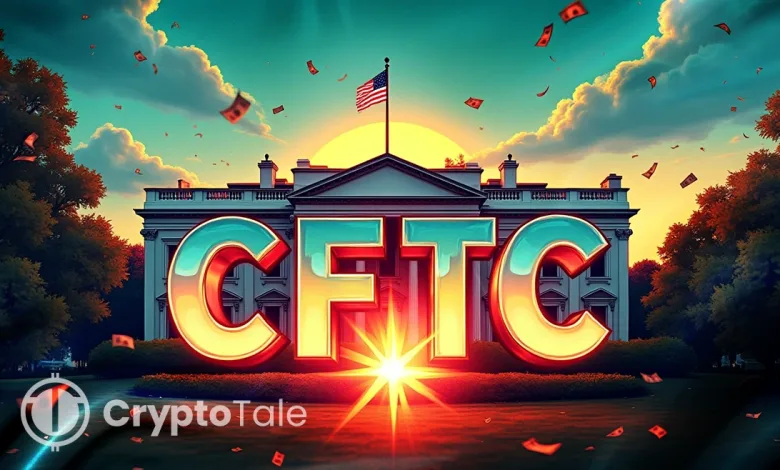CFTC Expands Oversight in Digital Asset Market Sprint

- The CFTC began its third crypto sprint to strengthen federal oversight of digital assets.
- The initiative goes beyond spot trading to address custody and registration measures.
- Public input will guide new rules that balance innovation with investor safeguards.
The Commodity Futures Trading Commission has begun a new phase of its crypto sprint, building on recommendations from the President’s Working Group on Digital Asset Markets. Acting Chairman Caroline D. Pham announced the initiative on August 21, 2025, describing it as a step toward establishing a federal framework for digital asset markets. The sprint moves beyond piecemeal reforms and points toward national rules that could support innovation while safeguarding the financial system.
Federal-Level Oversight Gains Momentum
This new phase follows two earlier sprints in August. The first, launched on August 1, established a regulatory framework. The second, introduced on August 4, targeted spot trading of digital assets. Now, the third sprint expands oversight into broader areas of market structure.
Pham said the CFTC will use the sprint to seek public input on leveraged, margined, or financed retail trading within federally regulated exchanges. She stated, “The Administration has made it clear that enabling immediate trading of digital assets at the Federal level is a top priority.”
The CFTC also confirmed that the current sprint will address wider market issues identified in the President’s Working Group report. These include registration, custody, trading, and recordkeeping. The working group’s report outlined 18 recommendations, with two directly tied to the CFTC and the remaining 16 shared across agencies, including the Treasury and the SEC.
Interagency Coordination and Policy Shifts
The crypto sprint is being conducted alongside the SEC’s Project Crypto. This parallel effort shows a shift toward coordination between the two agencies to reduce overlap and clarify responsibilities. The plan is expected to reduce regulatory duplication and provide clearer rules for innovators.
Also, Pham called this the start of a so-called “Golden Age of innovation,” suggesting that the federal involvement is now centered on constructing a workable framework instead of investing heavily in enforcement actions.
This shift comes at a time when international regulatory frameworks are gaining traction. The U.S. is now aiming to reclaim leadership in shaping the global digital asset market. Could this pivot finally provide the clarity that U.S. innovators have been demanding for years?
Related: CFTC Seeks Public Feedback on Spot Crypto Trading Rules
Building Toward a Unified Federal Framework
The sprint is expected to prepare the ground for rulemaking that balances the security of the investors using high innovation. With a 60-day public comment period open until October 20, industry stakeholders will play a crucial role in shaping the process.
Remaining sprints are likely to address unresolved issues around decentralized finance oversight, banking access for crypto firms, tax clarity, and further interagency coordination. These topics remain central to the working group’s agenda.
President Trump’s Working Group proposed granting the CFTC authority over spot markets for non-security digital assets. This recommendation is seen as critical to providing the clarity industry participants have long sought. Analysts say that such clarity could define a break from past approaches, which were fragmented or enforcement-heavy.
The CFTC has also been tasked with considering how existing laws might be amended with regard to blockchain-based derivatives. This, along with the joint work with the SEC, forms the wider aim of preparing rules in harmony with digital innovation.





